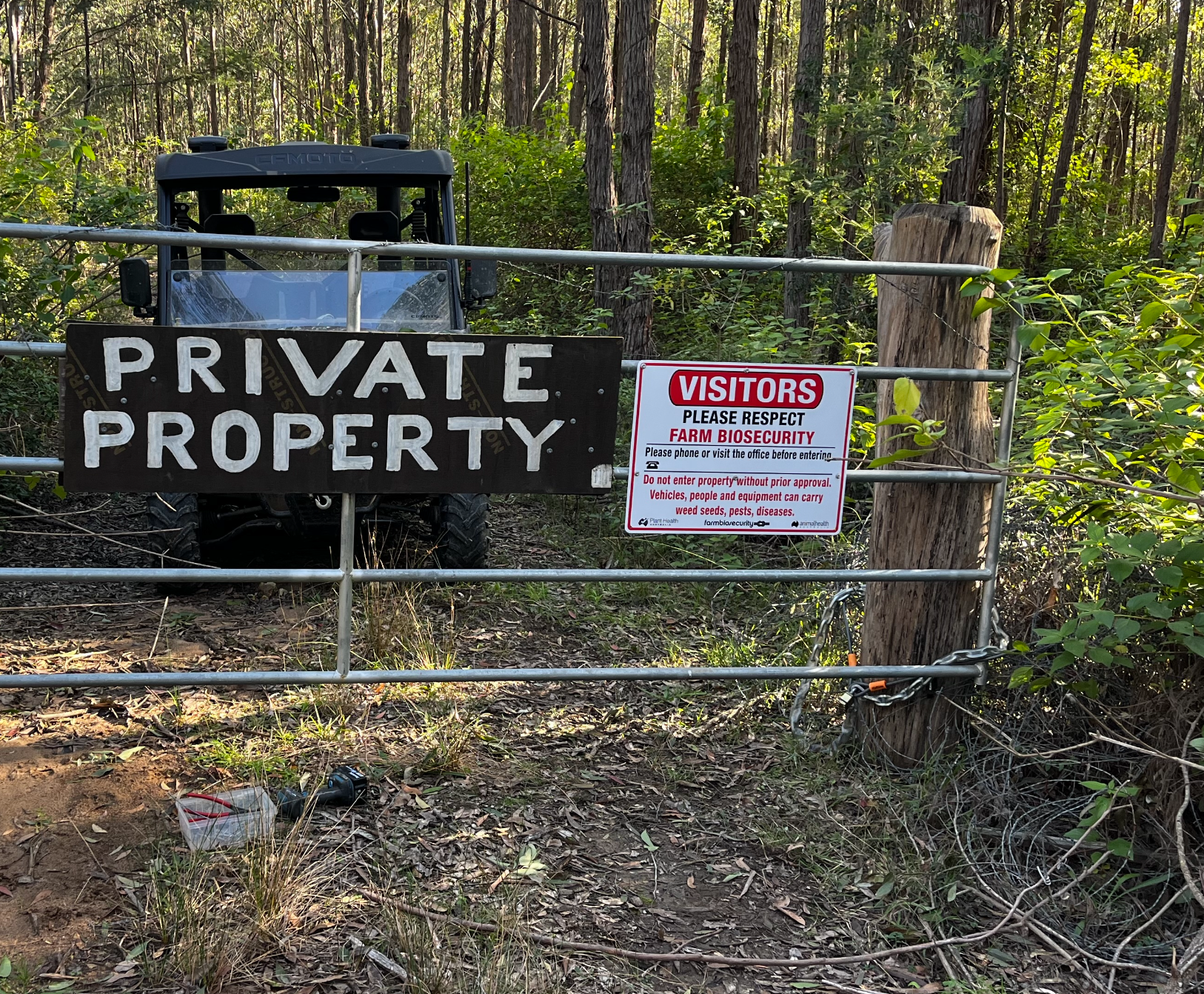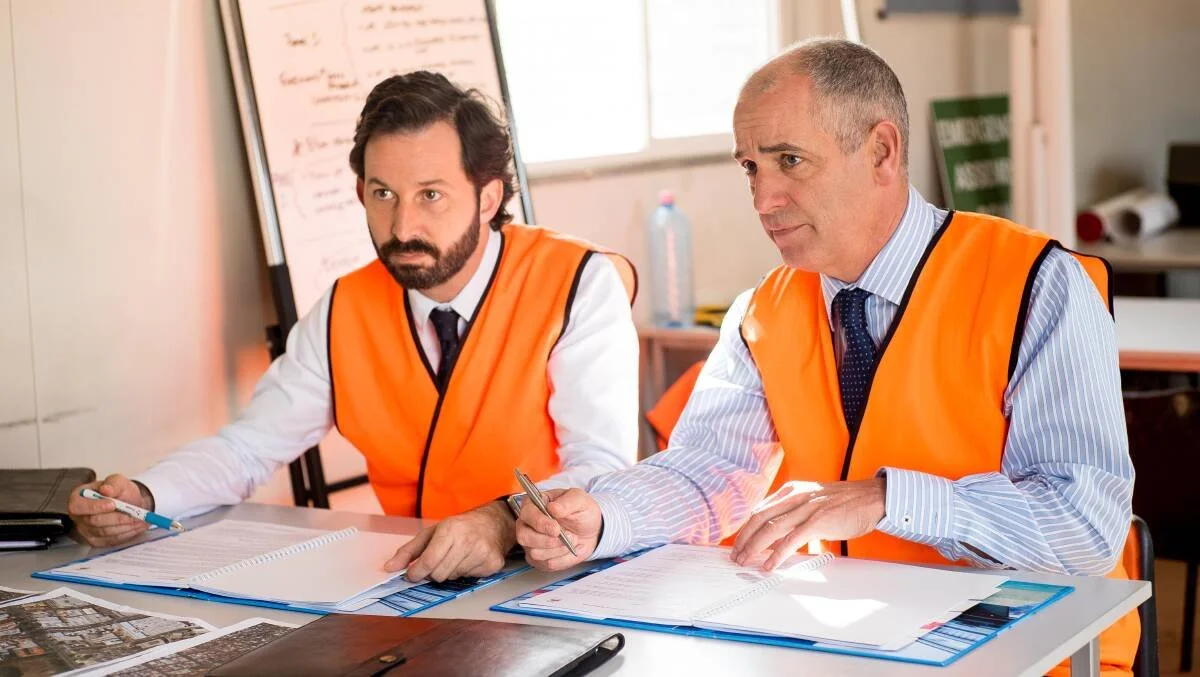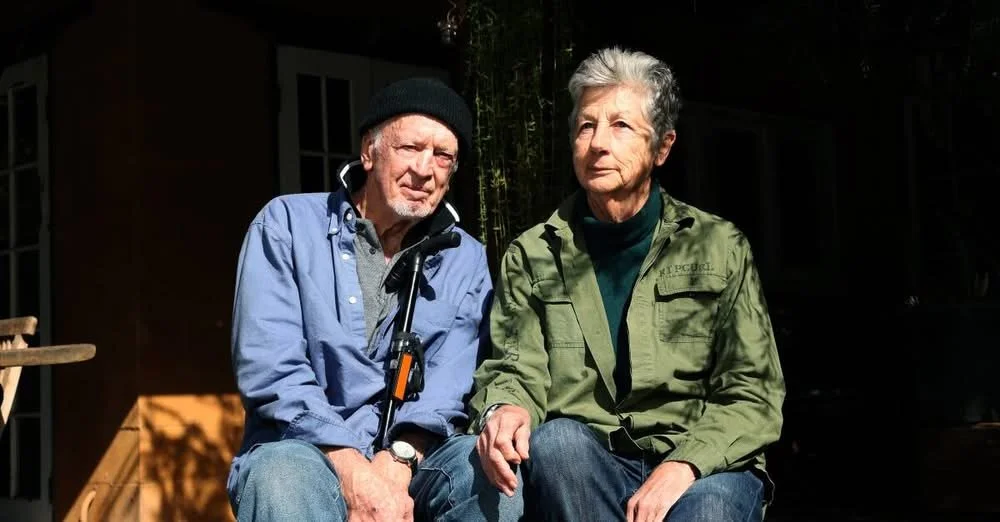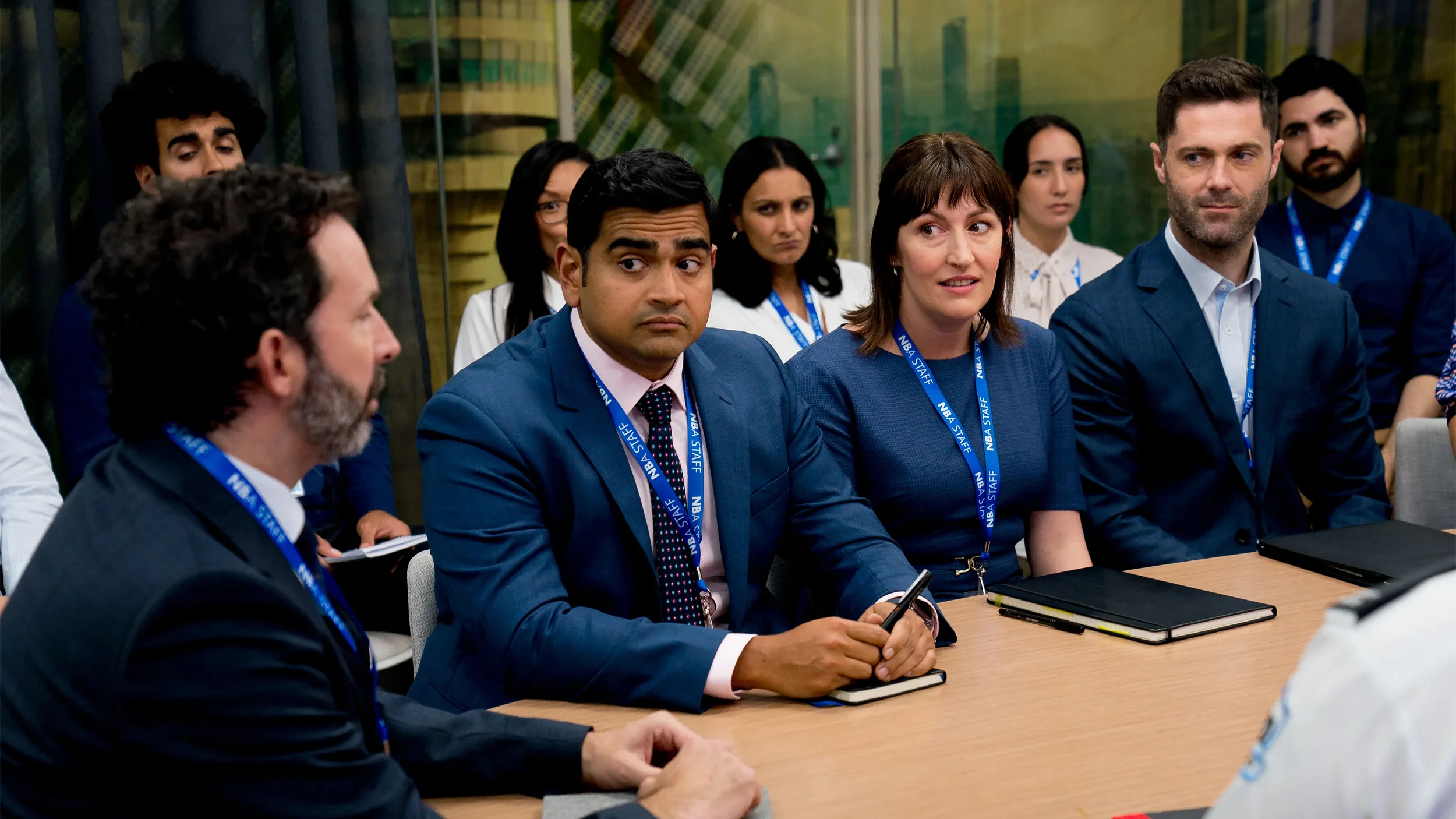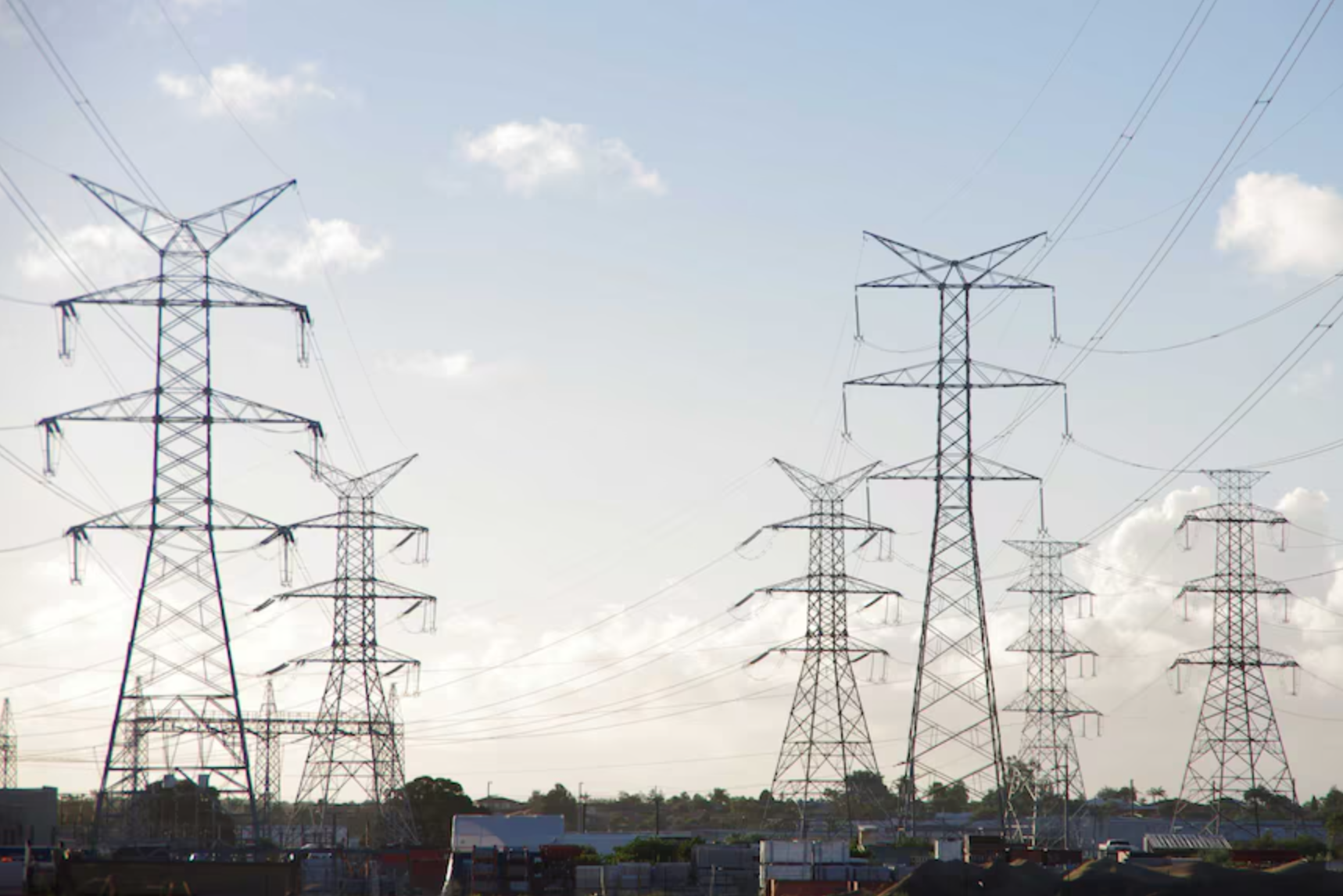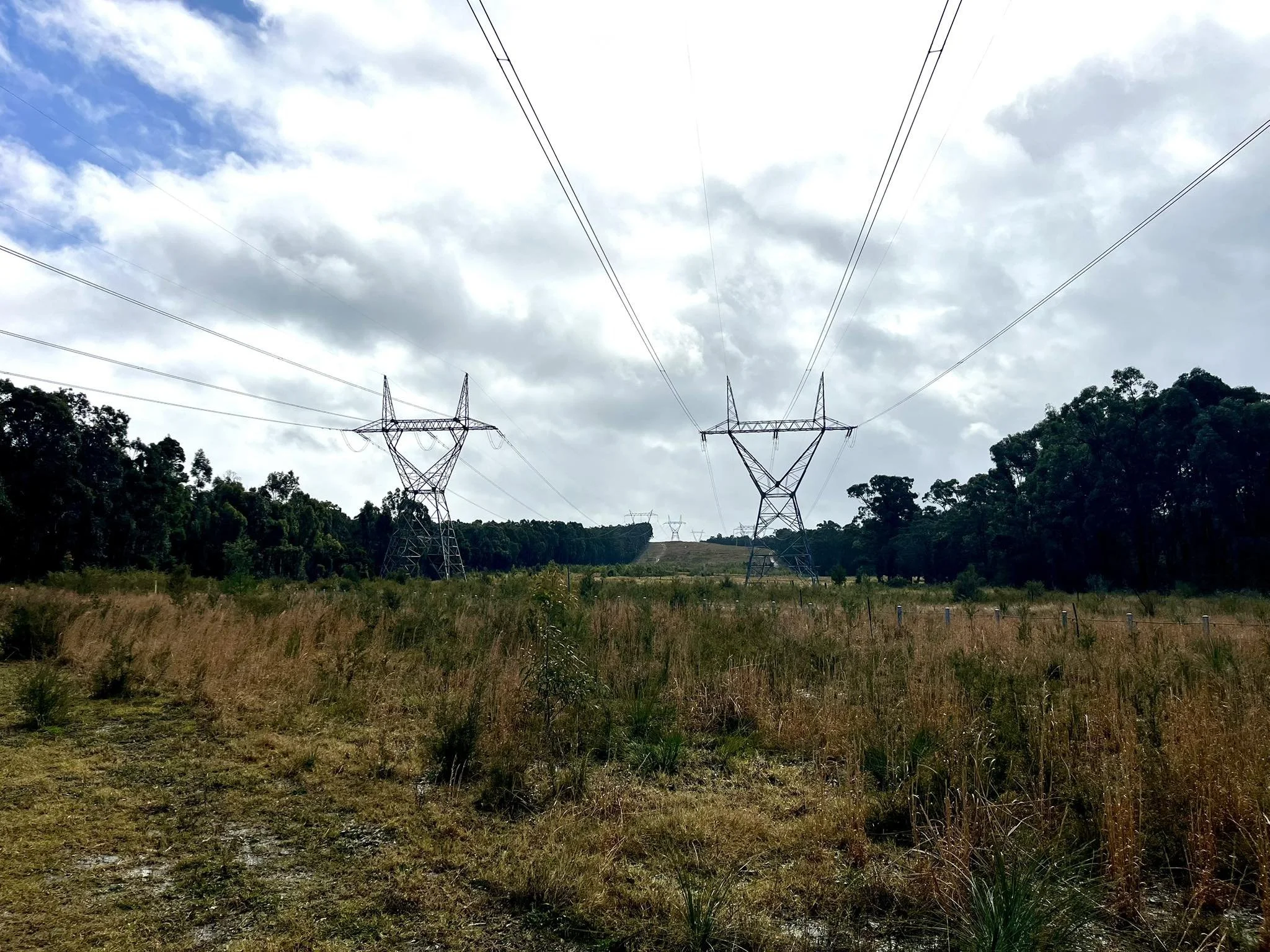
How the EnergyCo project through the Lower Hunter will impact us all
We’re a group of residents of the Lower Hunter Valley, impacted by the ongoing chaos and dysfunction of the EnergyCo Hunter Transmission Project.
Many people in our area will be affected in different ways. Your land might be acquired, or you might be surprised to see towers popping up everywhere. You might enjoy Corrabare or Watagans, and be shocked by the massive clearing and all the heavy vehicles.
If you’ve watched the ABC series “Utopia”, then you’ll have a good idea of what this project is like. Rather than use the existing transmission corridor a few km to the north, that is already cleared and owned, they thought it would be interesting to do something EnergyCo has never done before. Create a completely new corridor, through really rough terrain. 115km long, and clearing thousands of acres, much of which is pristine bushland.
Trespassing
Even though the EnergyCo Director of Planning testified to the recent NSW Parliament enquiry that this never ever ever happened, the reality is somewhat different. Many of our neighbours discovered that their land would be impacted when they came upon EnergyCo teams walking about their property.
When EnergyCo did ask for permission, their agreement allowed them full access to anywhere for two years. When permission was denied, they went and trespassed anyway. Then claimed they had permission. Then denied that they had trespassed.
A scene from ABC Utopia series. A satire about the difficult process of taking grand, uncosted, inadequately planned, fundamentally flawed schemes - and passing them off as "Nation Building".
Design by Google Earth
Many of the roads and corridors picked by EnergyCo literally go off cliffs. When our community has provided feedback about this, we get a lot of waffle about “the need to do ground truthing”. The “ground truth” is EnergyCo has never done a project like this before. Many sections of the corridor have been designed by someone sitting in an office with no consideration or input from our community. Some properties they are proposing towers on they haven’t even visited.
Unfair & arrogant
Some people in our area have had properties acquired by EnergyCo that were well above market rate. Typically these were already on the market. However, for those of us unlucky enough to have the Google Earth design team plop a tower on top of our property, the outcome was very unfair. Here’s Kathy & Peter’s story: their house was acquired, but since the EnergyCo valuation was so low, how can they buy anything comparable in the area? How is that fair?
Taking advantage of vulnerable people
Ian is in the advanced stages of a debilitating disease. He’d like to enjoy his property with his wife Vicky. Instead, he has spent months battling to just get a meeting with someone at EnergyCo, while juggling specialist visits. Meetings arranged but then cancelled at the last minute. It seems no one could find time in their very very busy schedules.
A scene from ABC Utopia series. A satire about the difficult process of taking grand, uncosted, inadequately planned, fundamentally flawed schemes - and passing them off as "Nation Building".
The Consultants
EnergyCo uses a vast army of consultants. These are the representatives at community meetings, on the phone line, and at meetings. They don’t work at EnergyCo (despite saying they do), and have no decision making responsibilities or knowledge of the project other than whats on the website. They are there to placate you, ignore emails, and endlessly apologise. And ultimately try to convince landholders to sign one sided agreements. So if you’re feeling ignored or getting nonsense responses, don’t worry- most of us are in the same boat.
Easements which are more like freehold
Where they need to run a transmission line or access road across your property, EnergyCo ask for an easement. This could be a 20m wide access road, or at any point along the 70m wide transmission line. That doesn’t sound that bad- you still own the land right? Not really- in their terms, they have “full and free” rights. What this means is EnergyCo get broad rights - to erect buildings, store equipment, access at any time, in any manner. Add more transmission lines. You are highly restricted - you can't add gates on your own property, no earthworks, road repair or plant a tree. You can't even park on what is now "their" road.
Most of the corridor goes through State forest - something we could all use & enjoy. Now EnergyCo will have “full and free” rights over large sections of what was previously public land.
Mass clearing & deforestation
The transmission line itself is 115km long, and trees / vegetation under that 70m wide corridor will be cleared. That’s around 1,880 acres - much of which is pristine bushland rich with Koalas and other iconic Australian animals, as well as many threatened or protected plants.
Direct impacts to 38 threatened flora species
Direct impacts to 28 threatened fauna
Serious & irreversible impacts to 8 threatened flora, 7 threatened fauna species
Then there are the access roads, which aren’t disclosed in the glossy EnergyCo brochures. These spider out from each of the towers, and along the transmission route. At 20m wide, these will contribute more clearing along the route. There are also connecting road widening/straightening projects, to enable large trucks to travel on previously small country roads.
Firefighting
Like many parts of NSW, our area was heavily affected by the 2019 fires. Ben has a large dam was used extensively to fill helicopters with water, saving houses such as Ian and Vicky’s place. He gave EnergyCo early feedback - please don’t put a 500kv transmission line directly in the approach path of helicopters during fire conditions. Which of course they ignored.
Each tower is 70-85m tall, spanning the valley that the dam sits in. This means the wires are potentially 150-200m above the ground, and in the direction that the 2019 fires (and every other major fire) comes from.
He asked CASA for advice, and they said it was basically the pilot’s call on the day. We’re not sure how many pilots would be OK in thick smoke dragging a big heavy bucket swaying below their aircraft and hoping to clear a 500kv power line. Thanks for listening so well to community feedback, EnergyCo.
Wider community impact
Like the song goes - you don’t know what you’ve got til it’s gone. Sure- there are a group of landholders that are directly impacted. But the wider impact is still not really understood or appreciated - the question we get a lot is “I won’t be able to see it from here, will I?”
There’s all the people that live near the new roads EnergyCo is planning. That quiet, winding country road is going to get straightened to fit their huge trucks and machinery. There will be a period of heavy construction traffic, with over 700 daily movements, most of which will be heavy vehicles. And then the inevitable wave of crime and burnt cars once access is improved.
Then there are both the locals and tourists that enjoy the beauty of Watagans & Corrabarre forest or taking a quiet drive out to Wollombi.
Deliberate strategy of ignoring the law
You’d think a Government agency would follow the law, right? Apart from multiple, separate cases of trespass, they also ignore Just Terms Act 1991. EnergyCo claim their internal, unpublished “polices” actually over ride this law.
When there is some section of the law that is inconvenient to them, EnergyCo claims:
”The law is silent”
Under this logic, unless a law describes all permutations, they can invent and apply their own policy. Say the law said you can’t break the speed limit. EnergyCo would argue that since there’s nothing about red cars, their policy for their red car over rides the law.
When an agency acts like this, the only winners are the lawyers and consultants. The project is delayed, and it costs us all a lot more money than it should.
This is the existing corridor at Neath, a few kilometres to the north. This currently runs a lower capacity transmission line.
Project cost
No one knows what this project will cost. EnergyCo have told us they’ll work that out later. If this is the case, how was the decision made to take this very complex route rather than re-use the existing transmission line? Apparently it was cheaper. Energy policy should be subject to independent review—possibly through parliamentary budget offices—to counter flawed modelling from internal agencies.
Transmission project costs in Australia are already up 55% in 2 years, but this project is already massively behind schedule and doesn’t even have a budget yet.

“We need adaptive, decentralised planning – Energy policy must respect local land use and social license, moving away from top-down approaches that erode trust. Current laws allowing forced land access for transmission risk long-term damage to public support for renewables.”
From our friends at Valley Alliance
